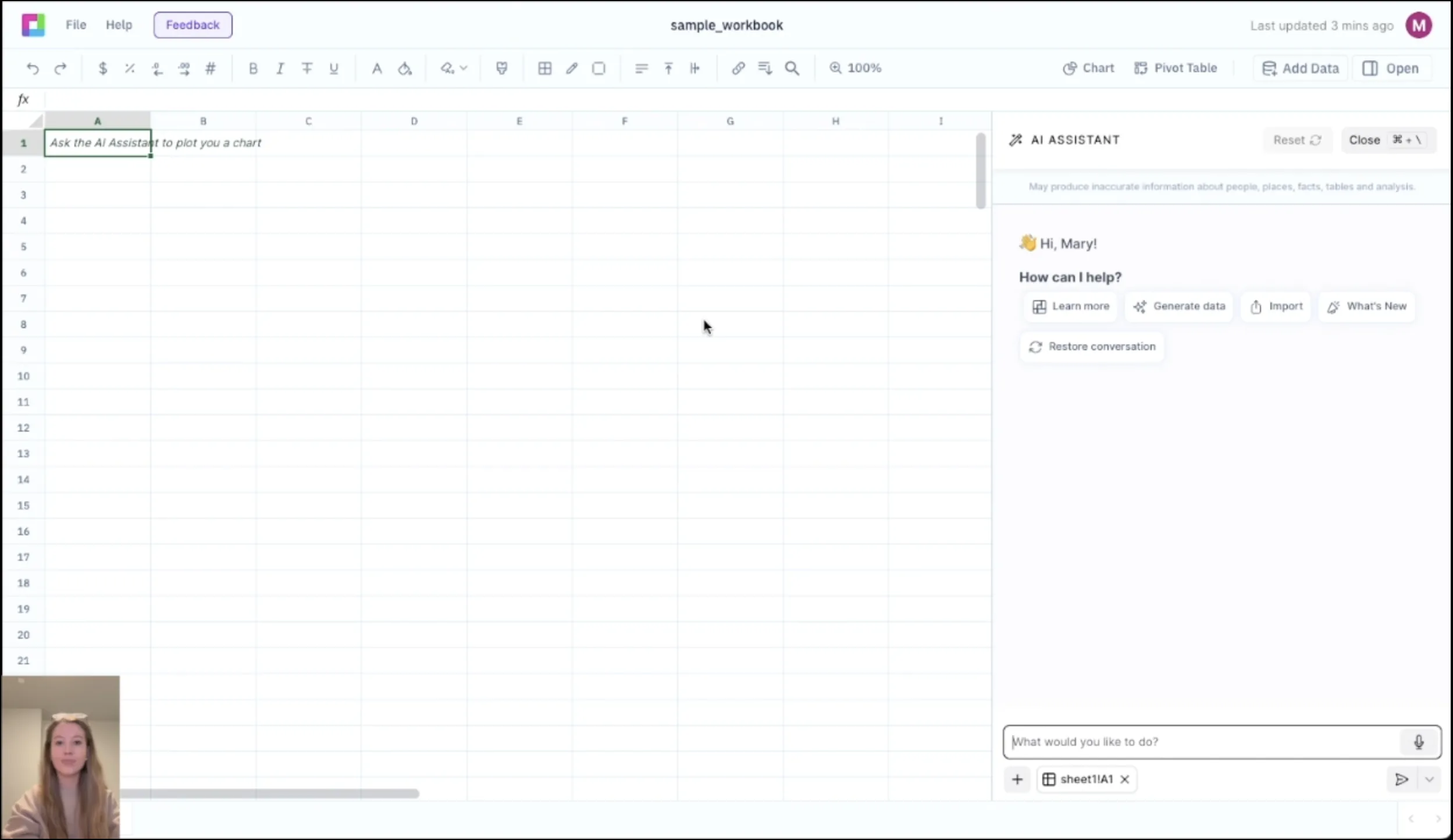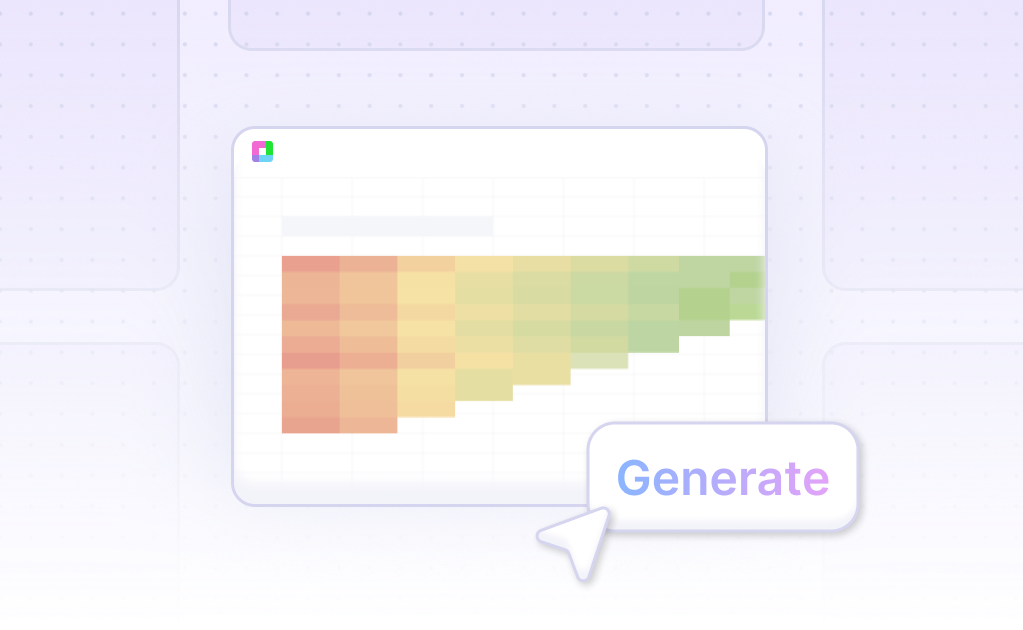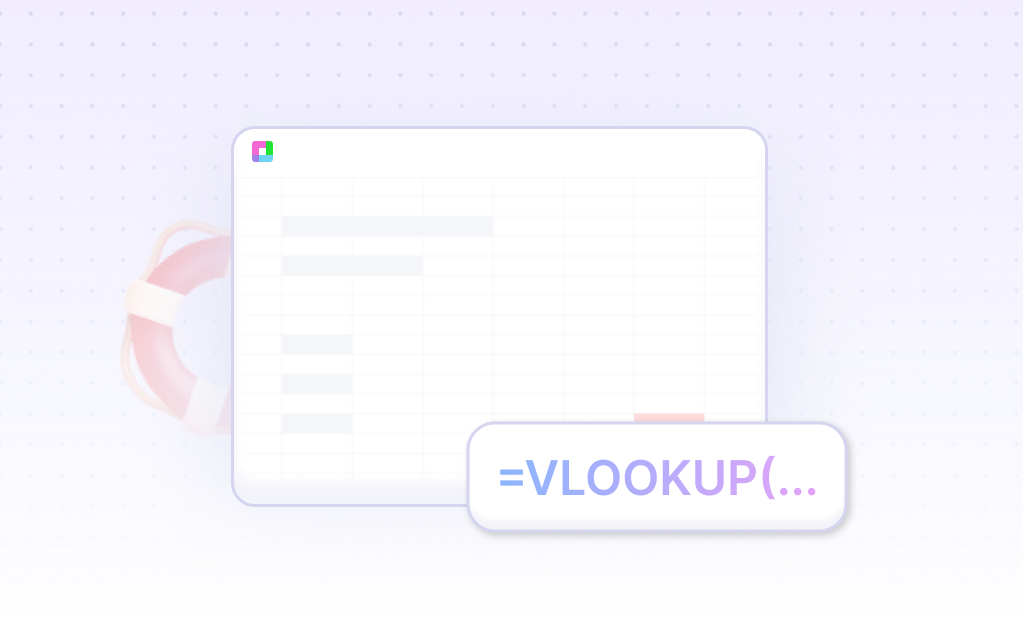
Value Businesses with Professional Precision
Accurate business valuation is essential for M&A transactions, investment decisions, and strategic planning. Our Business Valuation Model provides comprehensive tools to value companies using multiple methodologies including DCF analysis, comparable company analysis, and precedent transactions.
From startups to mature enterprises, apply rigorous valuation techniques that are used by investment bankers, private equity firms, and corporate development teams. Built for analysts, investors, and business owners, this template ensures accurate valuations that stand up to scrutiny.
Comprehensive DCF Valuation Model
Cash Flow Projections
Build detailed free cash flow projections with revenue forecasting, expense modeling, and working capital analysis. Project cash flows for 10+ years with detailed assumptions and sensitivity analysis.
Discount Rate Calculation
Calculate weighted average cost of capital (WACC) using market data, risk-free rates, and company-specific risk factors. Include beta calculations, cost of equity, and cost of debt components.
Terminal Value Analysis
Calculate terminal value using both perpetuity growth and exit multiple methods. Analyze terminal value sensitivity to growth rates and exit multiples to understand valuation drivers.
Sensitivity & Scenario Analysis
Perform sensitivity analysis on key variables including revenue growth, margins, discount rates, and terminal growth rates. Model different scenarios to understand valuation ranges.
Market-Based Valuation Methods
Comparable Company Analysis
Identify and analyze comparable public companies using trading multiples including P/E, EV/EBITDA, EV/Revenue, and industry-specific metrics. Adjust for size, growth, and profitability differences.
Precedent Transaction Analysis
Analyze precedent M&A transactions to understand transaction multiples and control premiums. Filter transactions by size, timing, and strategic rationale to find relevant comparables.
Multiple Normalization
Normalize financial metrics across comparables to account for different accounting methods, one-time items, and capital structures. Ensure apples-to-apples comparisons.
Valuation Range Analysis
Combine DCF, comparable company, and precedent transaction valuations to establish a comprehensive valuation range. Weight different methodologies based on reliability and market conditions.
Frequently Asked Questions
Which valuation method is most accurate?
The template uses multiple valuation methods because each has strengths and weaknesses. DCF is theoretically most accurate but sensitive to assumptions. Comparable company analysis reflects current market conditions. The template combines all methods for a comprehensive valuation range.
How do I select comparable companies?
The template provides guidance on selecting comparables based on industry, size, business model, growth rates, and profitability. It includes screening criteria and adjustment factors for differences between companies.
Can it handle different business models?
Yes, the template includes industry-specific adjustments and metrics for different business models including SaaS, retail, manufacturing, and services. It adapts valuation methodologies based on business characteristics.
How does it calculate discount rates?
The template calculates WACC using market data including risk-free rates, market risk premiums, beta coefficients, and company-specific risk factors. It includes both levered and unlevered beta calculations.
Does it include tax considerations?
Yes, the template includes tax shields from debt, corporate tax rates, and after-tax cash flow calculations. It properly accounts for tax effects in both DCF and comparable company analyses.
Related Valuation Tools
Connect your most-used data sources and tools to Sourcetable for seamless analysis.
Frequently Asked Questions
If you question is not covered here, you can contact our team.
Contact Us





